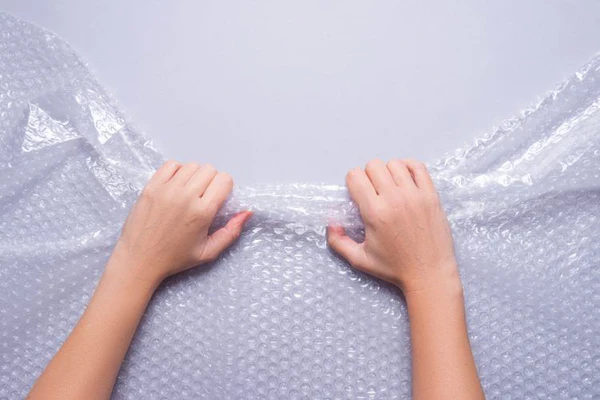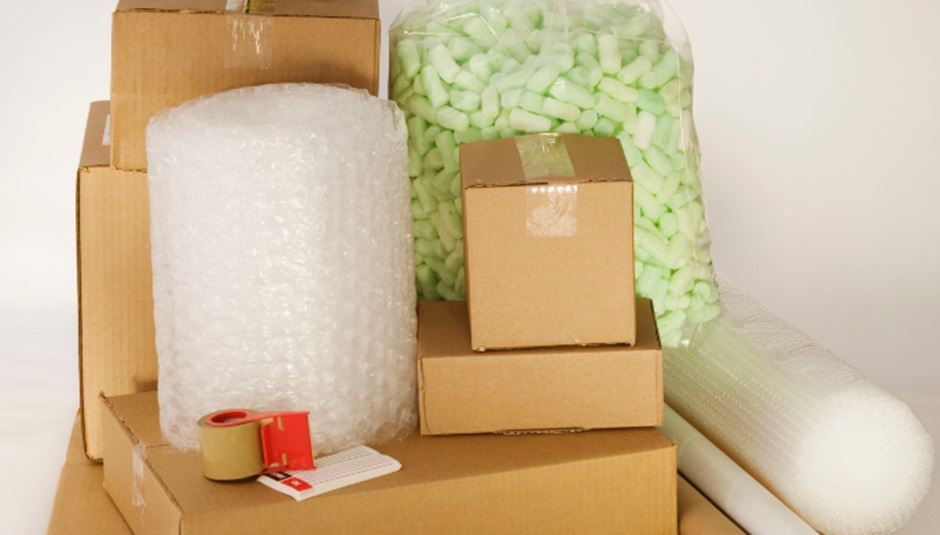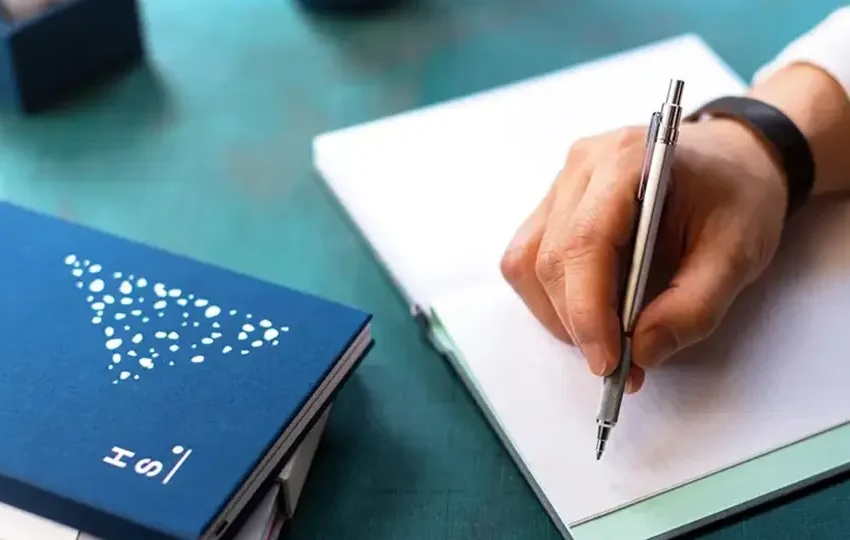Moving can be one of life’s most stressful events, filled with both excitement and anxiety. Whether you are relocating across town or moving to a different state, ensuring your belongings arrive safely at their new destination is paramount. This is where the right packing materials play a crucial role in simplifying the moving process. By understanding and utilizing a variety of packing materials, you can protect your items, streamline your packing efforts, and reduce the overall stress of moving.
The Importance of Choosing the Right Packing Materials
When it comes to moving, not all packing materials are created equal. Choosing the right materials can make a significant difference in how well your items are protected. Each type of material serves a specific purpose, whether it’s cushioning fragile items, providing structural support, or facilitating organization. By investing time in selecting appropriate packing materials, you can ensure that your belongings remain intact during transit.
Boxes: The Foundation of Packing
Boxes are perhaps the most essential packing materials when it comes to moving. They come in various sizes and strengths, allowing you to select the best option for your items. For instance, smaller boxes are ideal for heavy items like books, while larger boxes work well for lighter, bulkier items such as bedding or clothing. Sturdy boxes designed for moving often have reinforced corners and can withstand the rigors of transport, making them a reliable choice.
When packing boxes, remember to use packing tape to securely seal each one. This prevents accidental openings during transit, ensuring your items remain protected. Additionally, consider using boxes that are designed for specific purposes, such as wardrobe boxes for hanging clothes or dish boxes with dividers for fragile items.
Bubble Wrap: The Ultimate Protector

When it comes to protecting fragile items, bubble wrap is the go-to packing material. Its air-filled bubbles provide cushioning that absorbs shock, making it perfect for wrapping delicate items like glassware, ceramics, and electronics. To effectively use bubble wrap, start by wrapping each item individually, ensuring that it is completely covered. For added protection, you can use multiple layers of bubble wrap for particularly fragile pieces.
Another benefit of bubble wrap is its versatility. It can also be used to fill empty spaces in boxes to prevent items from shifting during transport. This added stability is essential for keeping your belongings safe and secure.
Packing Paper: A Simple Yet Effective Option
Packing paper is another vital packing material that should not be overlooked. It is an economical choice for wrapping items and filling voids in boxes. While packing paper does not offer the same level of cushioning as bubble wrap, it is still effective for protecting everyday items. It can be used to wrap dishes, glasses, and other fragile belongings.
In addition to wrapping items, packing paper can also serve as a filler. Crumpled packing paper can be used to fill empty spaces in boxes, preventing movement and ensuring that your items stay in place during the move. Plus, it is an environmentally friendly option that can be recycled after use.
Foam Peanuts: A Lightweight Solution
For those looking to pack items with minimal weight, foam peanuts are an excellent option. These lightweight packing materials fill voids in boxes and provide cushioning for fragile items. They are especially useful for packing oddly shaped items or for filling larger boxes that require additional padding.
However, while foam peanuts can be effective, they can also create a mess if not contained properly. Consider using a sturdy bag or a box to keep them contained during the moving process. Additionally, be mindful of the environmental impact of foam peanuts, as they can take a long time to decompose. Whenever possible, opt for biodegradable alternatives.
Stretch Wrap: Securing Your Belongings
Stretch wrap is a versatile packing material that is particularly useful for securing items together. It can be used to wrap furniture, keeping drawers and doors closed during transport. Stretch wrap is also effective for bundling smaller items, preventing them from getting lost in the move.
When using stretch wrap, be sure to wrap it tightly around your items to ensure stability. It is especially handy for protecting furniture surfaces from scratches and scuffs during the move.
Labels: Organizing Your Move
While labels may not be a physical packing material, they play a critical role in the packing process. Using labels helps you stay organized and ensures that you can easily identify boxes at your new location. Consider color-coding your labels by room or item type to streamline the unpacking process.
Additionally, clearly labeling boxes with their contents and any special handling instructions (e.g., “Fragile” or “This Side Up”) can save you time and prevent potential damage to your belongings.
Conclusion
Moving doesn’t have to be a chaotic experience. By carefully selecting the right packing materials—such as boxes, bubble wrap, packing paper, foam peanuts, stretch wrap, and labels—you can create a streamlined and efficient moving process. Taking the time to pack your belongings properly will not only protect them during transit but also make unpacking at your new home a breeze. So the next time you find yourself preparing for a move, remember that the right packing materials can make all the difference in ensuring your relocation is as smooth and stress-free as possible.








